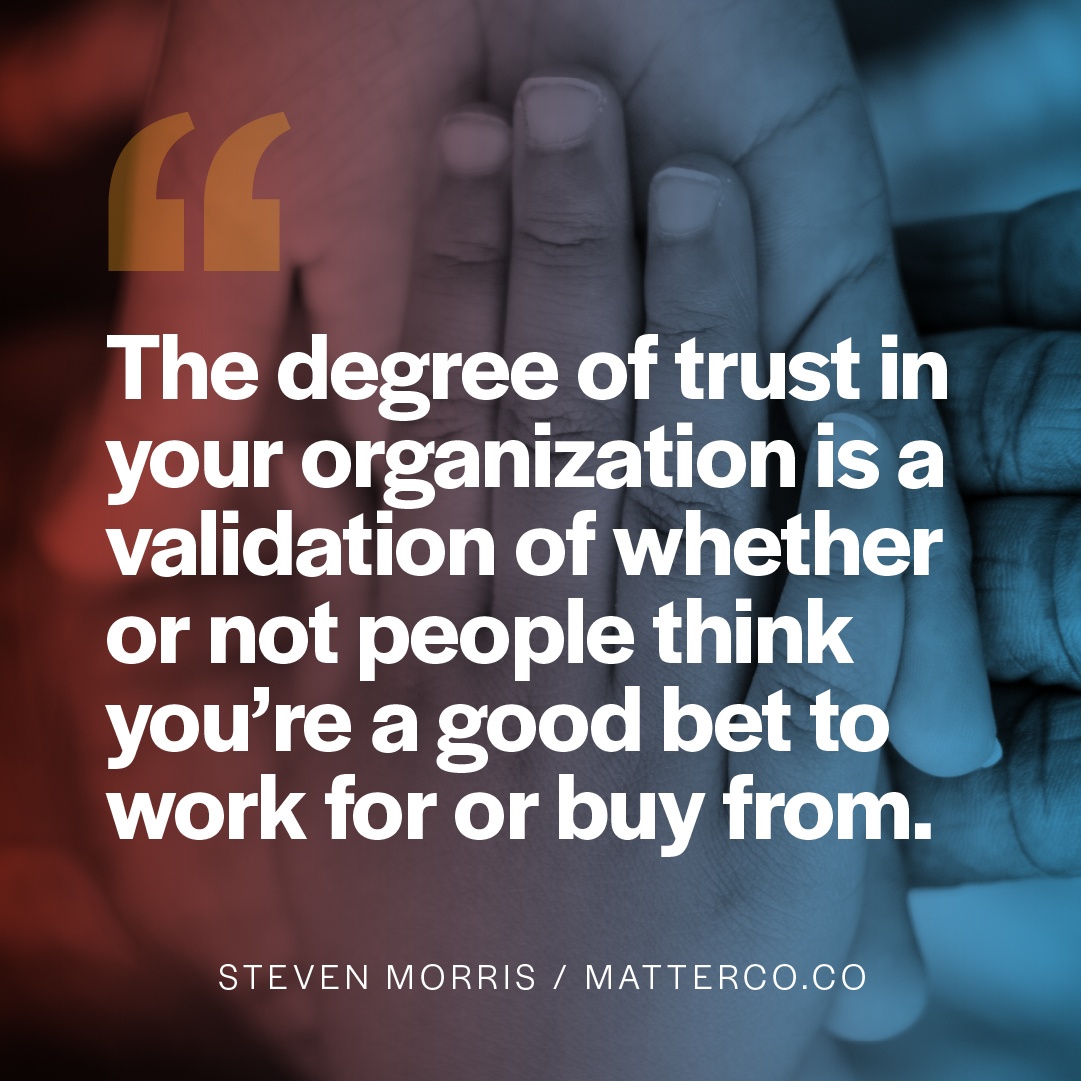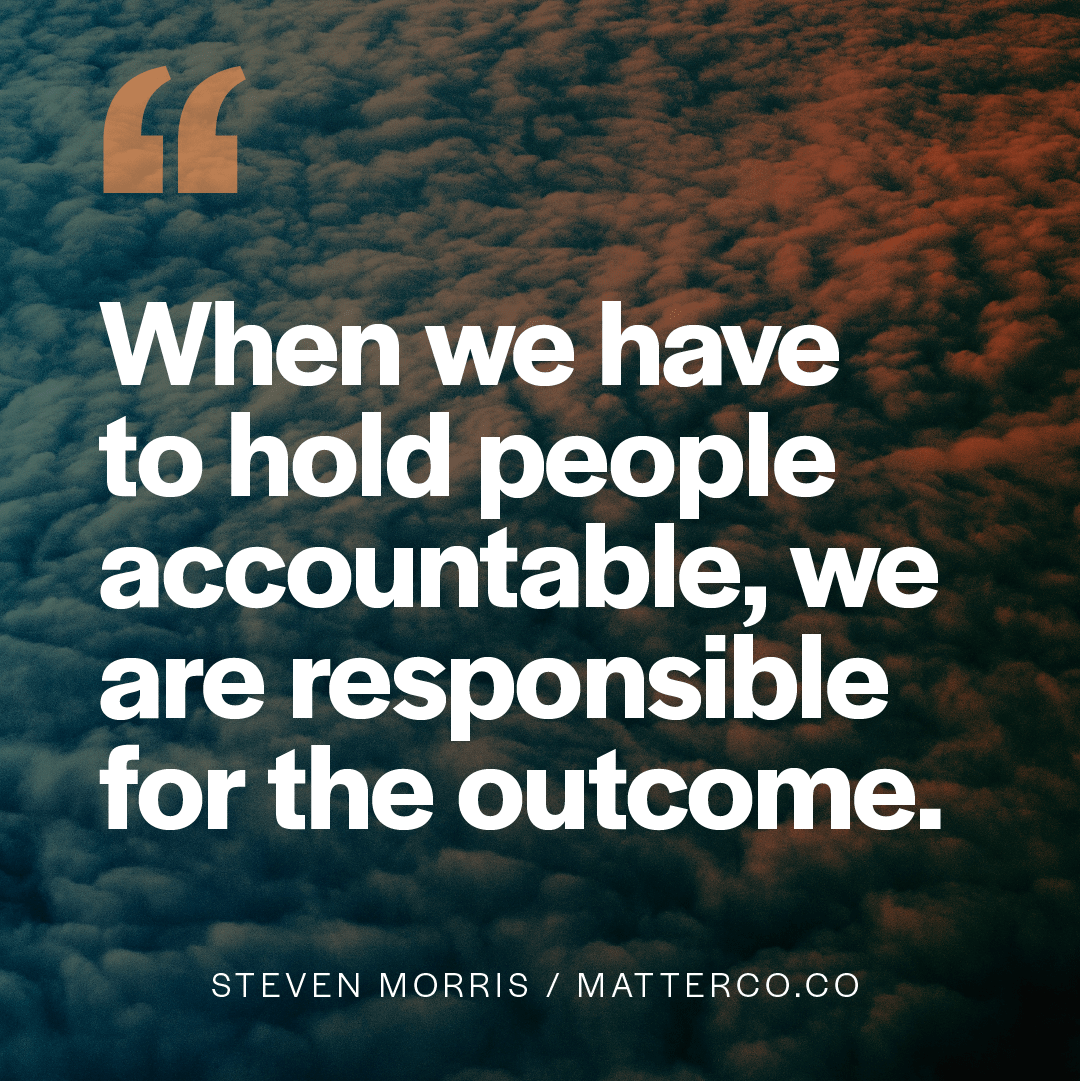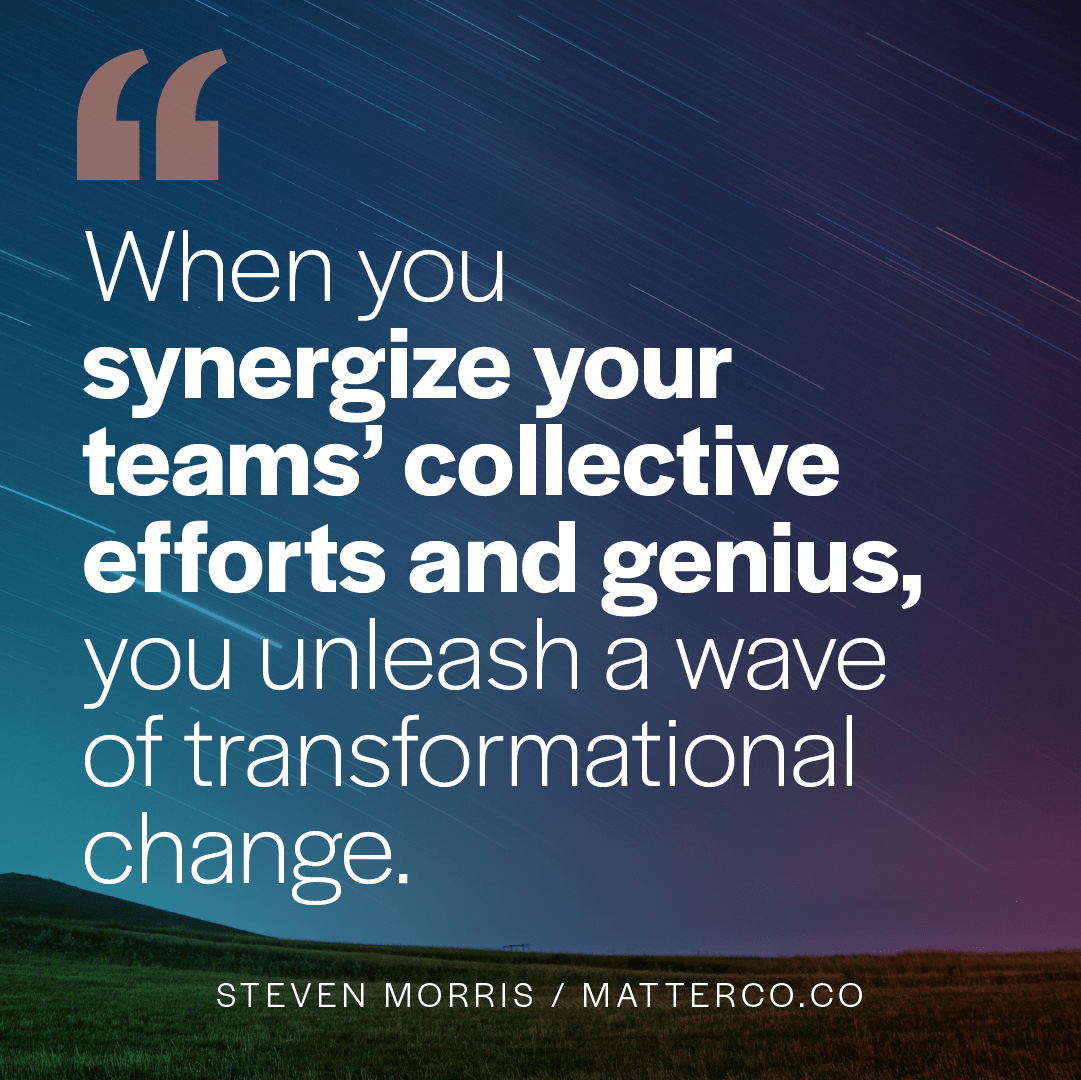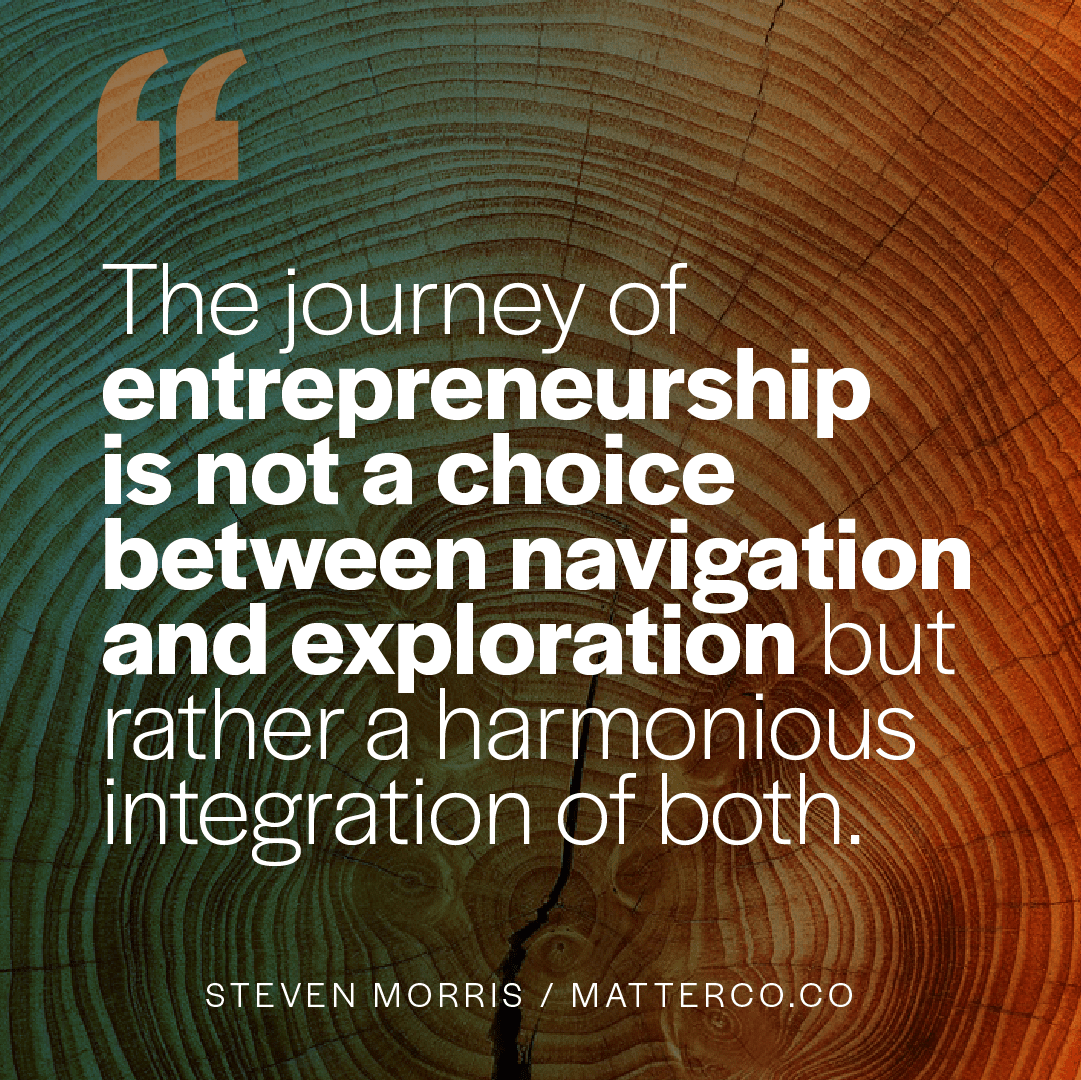
The Economic Impact on Trust
This is Part 3 of 4 on a Series about The Economics of Trust / See Part 1: The Upsides and Downsides of Trust and Part 2: Trust Fulcrum & Levers
Companies tend to measure top and bottom-line organizational metrics. As they should. But more and more companies are realizing the benefits of measuring the softer, less tangible impacts and outcome on the business. B-Corps and Conscious Capitalism organizations have their own unique set of measuring sticks, that go beyond standard metrics.
By measuring the economics of trust, you’re really measuring how much opportunity you have.
The stronger your team dynamics, the more efficient they are. The stronger you customer trust bonds, the more loyalty you’ll realize.
The degree of trust in your organization is a validation of whether or not people think you’re a good bet to work for or buy from.
Here are a handful of things you and your team might want to consider when measuring the value of trust.
Internal Economic Factors on Trust:
- What is the cost to replace an employee who left because they didn’t trust their boss? (This is the #1 reason people leave companies — a common cost metric is to calculate 1.5x the employee’s annual salary).
- What are the lost time, quality, and output efficiency for low presenteeism? (Presenteeism is the lost productivity that occurs when employees are at work, but not fully present and functioning.)
- What is the cost when low trust affects the teams’ ability to create clear team agreements, hold each other accountable for attitudes and outcomes, and the ability to brainstorm and innovate?
External Economic Factors on Trust:
Of course, trust affects external factors like customer retention, brand reputation, customer reviews, and referrals. Not that you need a study to grasp the implications of this, but here’s some data:
- Acquiring a new customer can cost five times more than retaining an existing customer.
- Increasing customer retention/loyalty by 5% can increase profits from 25-95%.
- The success rate of selling to a customer you already have is 60-70%, while the success rate of selling to a new customer is 5-20%.
- 51% of customers switched brands due to poor experiences; AND 81% of customers who switched brands say the company could have prevented it.
Establishing, cultivating, building, and restoring trust is a learnable skill, and the desire to have a high trust culture is a deliberate choice.
Here are some questions your team can be exploring:
- In what ways does your organization extend trust to its employees? To customers?
- In what ways does your organization convey distrust (both intentionally or unintentionally) of its employees? In answering this question, look to organizational structure, HR policies, processes, procedures, systems, strategy, and belief systems.
- What in your systems and structure might be rewarding low trust behaviors, both formally and informally? Said differently, what behaviors (or people) are you tolerating that add to low trust?
- If your company could do only one thing to build or rebuild a culture of trust, what would it be?
Next up in this four-part Trust series I’ll share Tools to Increase Trust.
If you want a more trusting team, a culture of belonging or a magnetic brand that attracts more of the right customers, I can help. If you'd like to explore if working together makes sense, drop me a line.







